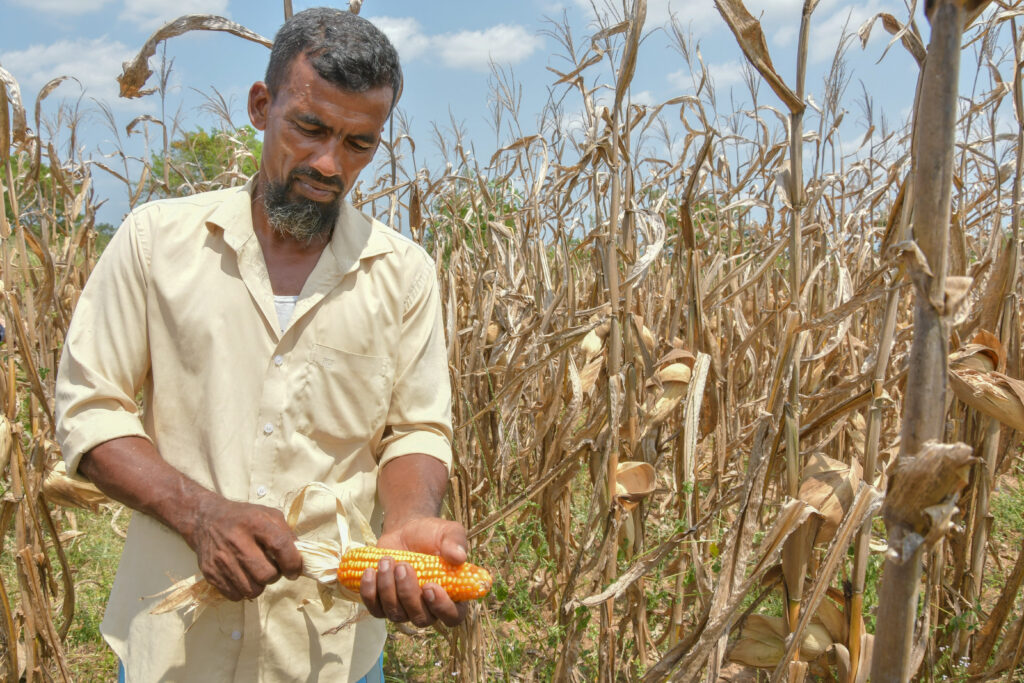
Insufficient resources mean that management of invasive species in Sri Lanka are lacking. Climate change, trade and travel have increased the risk of invasive species in Sri Lanka. Invasive species create disruption to crops and livestock production, affecting the economy. Presently, invasive species disproportionately affect vulnerable rural communities. In Sri Lanka, many farmers rely on rice and banana crops, thus, the result of invasive species will be damaging.
Acknowledging the potential risk of invasive species, international agreements offer support to countries. Two agreements particularly are relevant.
- The International Plant Protection Convention (IPPC) aims to protect plant resources from potential pests
- The 1992 Convention on Biological Diversity (CBD) works to prevent the introduction of invasive species that threaten biodiversity
Furthermore, international agreements assist different countries in dealing with these species. What benefits can Sri Lanka gain with such support?
How are invasive species affecting Sri Lanka?
Invasive species are one of the five leading drivers of global environmental change. Sri Lanka’s unique biodiversity is currently under severe threat. Invasive species have already made it into many of Sri Lanka’s land and water ecosystems. To prevent further damage of the ecosystem, rigorous management and protocols are necessary.
Sri Lanka is home to many invasive species. Some of which include, serious crop pests like the fall armyworm (Spodoptera frugiperda), papaya mealybug (Paracoccus marginatus), and tomato leafminer (Phthorimaea absoluta). They damage crop yields, posing a major threat to the country’s economy. Calculations on the economic impacts of these species are not present.
The challenges of invasive species management in Sri Lanka
The management of invasive species poses several challenges in Sri Lanka. There have been attempts to track the spread, though there has been a lack of consistency.
To mitigate the risk of invasive species, changes moving forward are a must. Currently in Sri Lanka, the approach to managing invasive species is irregular.
In Sri Lanka, the Department of Wildlife Conservation approves the importation of organisms. Protocols, which are necessary for conducting risk assessments, are not present. Risk assessments for unknown species in the early stages are vital as early detection of these species can help mitigate risk.
CABI’s three-tiered approach works alongside with national partners to address major issue of invasive species:
- Prevention: stopping invasive species from occupying in the first place
- Early detection: identifying invasive species early means eradication is more likely to succeed
- Rapid response: containing and treating the infected area to stop further contamination
Previous management of invasive species in Sri Lanka
Through their helpful networking, plant clinics, led by the Department of Agriculture, assisted in the early detection and response to the invasive banana skipper (Erionota thrax) in Sri Lanka.
Bananas, being the most planted fruit crop in Sri Lanka, are important for the country’s economy. This invasive species could have potentially affected 60% of the banana production area.
The government of Sri Lanka responded quickly to the threat of the pest. The response of the government helped mitigate the damage that would have occurred. This was thanks to the vigilance under Plantwise and the rapid diagnostic support possible through tablet computers at plant clinics.
Crop losses could have been as high as 19,000 metric tons (5% of total production). With the plant clinic network, early detection and response was possible. Fostering the right partnerships through stakeholder engagement allows CABI to continue tackling invasive species. Developing and implementing best practice solutions for prevention, control, and mitigation Thus, bringing information and action to scale through community engagement.
What digital resources are available?
CABI tools can assist with the identification of invasive species found throughout the world. Specifically, the Horizon Scanning Tool (HST) and the Pest Risk Analysis (PRA) tool.
The Horizon Scanning Tool enables users to discover and categorize potential invasive threats that may enter their region.
Whereas, the Pest Risk Analysis tool helps in assessing and managing the risk of pests. The tool offers scientific information from the CABI Compendium. This includes the open access Invasive Species Compendium. CABI’s PlantwisePlus Knowledge Bank, provides data on plant pests and diseases worldwide. Provided, is practical information to help users limit the spread of invasive diseases.
These tools from CABI provide a cost-effective method of helping to focus on an action plan and management of invasive species.
CABI’s experience working with biological control can help produce a sustainable, long-term strategy. Furthermore, operating with a research organization and relevant biodiversity authorities to streamline importation of biocontrol agents.
Learn more:
Managing invasive Madagascar rubbervine in Brazil
Controlling the invasive blackberry on the Galápagos Islands
Biological control of garlic mustard
Opinion: Invasive species — the hidden threat to sustainable development
Related News & Blogs
Biological control in action: Zambia’s field days on fighting fall armyworm
Experts from CABI recently held two field days and an expo in Zambia, showcasing innovative approaches to pest management to 584 farmers, agro-dealers and other stakeholders to help raise awareness of approaches to tackle the invasive fall armyworm (Sp…
11 June 2025




